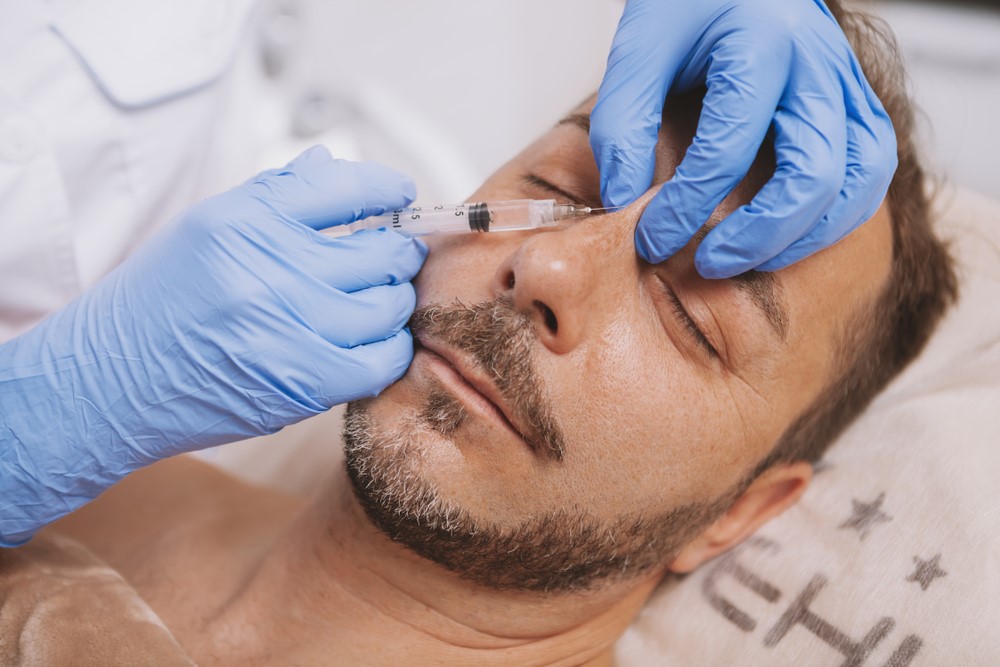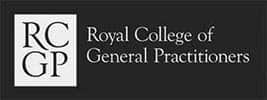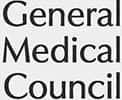
Rhinoplasty surgery is a big decision but can come with exceptional results. If you are considering the procedure, it’s best to know as many details as possible, and we’ll go over what you need to know in this article. Rhinoplasty for men is far more common, and whether it’s for aesthetic reasons or to fix nasal issues, several options are available. Due to the range of options and the reasons men opt for rhinoplasty, factors like prices and recovery times will vary. We will do our best to explain in as much detail as possible what a nose job for men entails so that you can make the most informed decision.
Men consider rhinoplasty to achieve “the perfect male nose,” which is perfectly reasonable, and for other reasons. Countless athletes have life-changing facial injuries from sports, and many men are born with breathing difficulties. If you were born with irregularities that offset your face, damaged your nose or have medical conditions that need rectifying, procedures are available. There’s nothing to feel ashamed about.
Rhinoplasty provides functional and cosmetic benefits, offering solutions tailored to individual needs.
When considering a cosmetic nose job for men, achieving a masculine appearance is often a priority. A masculine nose typically features defined angles, strong lines, and a proportional width that complements facial features. Adjustments can involve refining the bridge, reshaping the nostrils, or modifying the nasal tip to create a balanced profile. Whether opting for surgical or non-surgical rhinoplasty, the goal is to maintain natural-looking results that enhance masculine traits. Consulting with a specialist ensures the approach aligns with your aesthetic and functional preferences.
Strong, straight bridge: Adds definition and balance to the face.
Well-defined tip: Avoids excessive roundness for a sharper appearance.
Proportional width: Complements other facial features.
Minimal dorsal hump: Ensures a sleek profile.

Generally, two types of this procedure are available: non-surgical and surgical. The best option for you depends on your expectations and reasons for undergoing the procedure.
Dramatic, life-changing results are now possible without the scarring, extended downtime, or high costs tied to conventional rhinoplasty surgery. With non-surgical rhinoplasty, once the doctor injects the dermal filler, they will shape your nose with specific changes in mind, giving you instant results. Unlike traditional surgical procedures, there’s virtually no downtime involved, making it an attractive option for men seeking subtle yet effective enhancements.
As a very routine procedure, there is less concern about finding the best surgeon for rhinoplasty. An expert in dermal fillers and non-invasive cosmetic procedures can perform the nose job with excellent results compared to surgical options. However, depending on your situation and desired results, there may be a better treatment for you.
Rhinoplasty surgery can shrink or enlarge noses in specific areas. To reduce the size of the nose, cartilage and bone can be removed, while nose augmentation involves grafting cartilage from the ears and bone from the hips, elbow, or skull to build up the structure. For reshaping, including altering the nostrils, the bone may be broken and cartilage repositioned. The skin adjusts to fit the new shape, expanding or contracting as needed.
The operation can be done through an incision between the nostrils sometimes known as an “open nose job” or small incisions inside the nostrils (closed rhinoplasty).

Non-surgical rhinoplasty is ideal for those seeking purely cosmetic improvements, such as reshaping the nose or correcting minor imperfections. It’s a great option for individuals who want subtle changes without the need for surgery or extended recovery.
Surgical rhinoplasty, on the other hand, is more suitable for people with functional concerns (like a deviated septum) or those who desire significant changes, such as reducing or augmenting the size of the nose or correcting congenital defects.
Recovering from rhinoplasty varies depending on whether you choose the surgical or non-surgical option. While both procedures aim for optimal cosmetic results, the recovery process and aftercare recommendations differ significantly. With surgical rhinoplasty, a more extensive recovery period is needed, including managing swelling and bruising. Non-surgical rhinoplasty, on the other hand, offers a faster recovery with minimal downtime and fewer restrictions. In both cases, following proper aftercare is key to achieving the best results and ensuring your nose heals correctly.
Post-surgery, you’ll experience swelling and bruising around the nose and eyes, and you may need to wear a splint or bandage for a few days. It’s essential to rest and avoid strenuous activity during the early stages of recovery. The swelling will gradually reduce over time, but it can take several months to see the full results. UK rhinoplasty surgeons will likely give you a healing plan and book you for follow-up appointments to make sure everything is going well.
Depending on the intensity of your operation, you should refrain from doing intense physical activities for three to six weeks following nose surgery. However, many can resume social activities within two to three weeks without any visible signs of having undergone the procedure.
One of the main advantages of non-surgical rhinoplasty is the minimal downtime. Since no incisions are made, recovery is typically quicker and easier, with little to no discomfort.
What to expect:
Recovery tips:
Regardless of the type of rhinoplasty, following your surgeon’s aftercare instructions will ensure you achieve the best results while minimising risks during your recovery.
Returning to work after a non-surgical rhinoplasty is typically very quick due to the minimal downtime. Most patients can resume their normal activities the same day or the following day, as there are no incisions involved and the recovery is less intensive. Any mild swelling or bruising that occurs generally fades within a few days. If you work in a physically demanding role, it’s best to avoid strenuous activities for one to two days.
Whether you’re looking for a subtle enhancement or a more dramatic change, rhinoplasty can provide the results you’re seeking. Non-surgical options are perfect for those desiring cosmetic improvements with minimal downtime, while surgical procedures can address both functional and aesthetic concerns. The choice ultimately depends on your goals and expectations.
If you’re ready to take the next step, book an appointment with our expert team at Harley Street MD to discuss the best option tailored to you.
The cost of rhinoplasty in the UK can vary depending on whether you choose surgical or non-surgical options. Surgical rhinoplasty, performed by the best rhinoplasty surgeons in the UK, typically costs between £4,000 and £7,000. Non-surgical rhinoplasty, which is less invasive, starts from £350 at Harley Street MD.
Preparation is key to ensuring a smooth procedure. For surgical rhinoplasty, avoid smoking and stop taking certain medications before surgery. Your surgeon will provide specific instructions. For non-surgical rhinoplasty, minimal preparation is required, but it’s important to avoid blood-thinning medications a few days before your treatment.
For surgical rhinoplasty, recovery takes several weeks, with the first few days involving rest and managing swelling. Non-surgical rhinoplasty has a much quicker recovery, often with no downtime. You can resume normal activities within a day or two, though some precautions should be followed.







